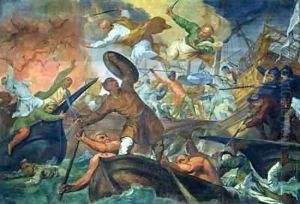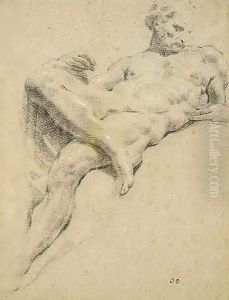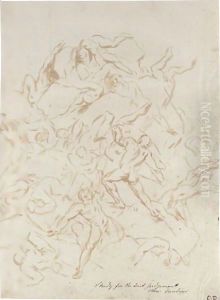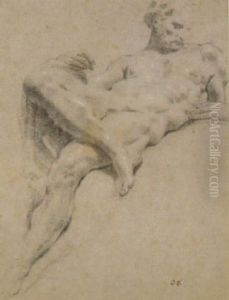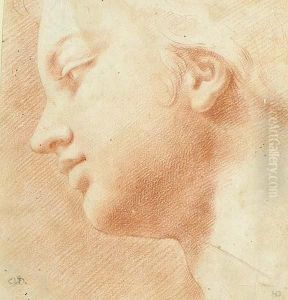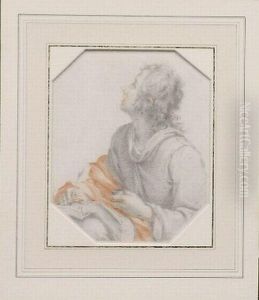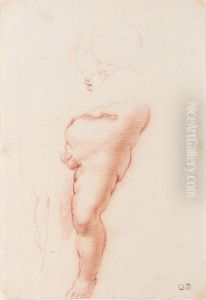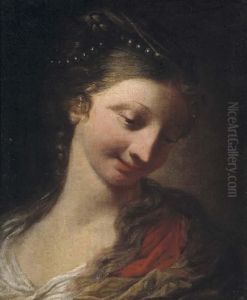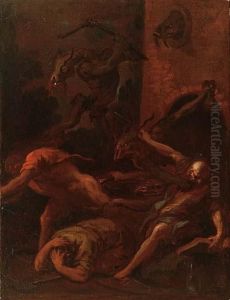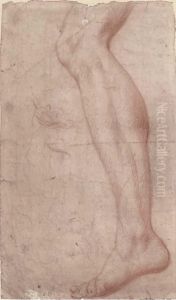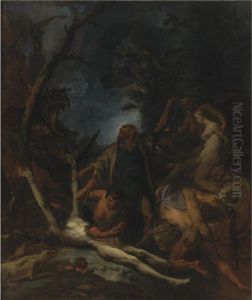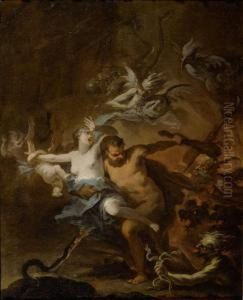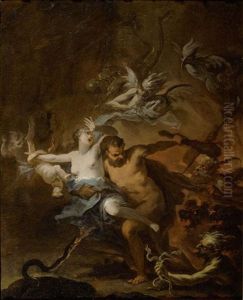Ottaviano Dandini Paintings
Ottaviano Dandini was an Italian painter of the Baroque period, born in 1647 in Florence, Italy, and died in 1712. He was part of the Dandini family, a notable lineage in the Florentine art scene, which included several distinguished painters such as his uncle, Cesare Dandini, who was also his mentor. Ottaviano's work is often characterized by its vibrant colors, dynamic compositions, and a skillful blend of realism and ornamentation, which was typical of the Baroque aesthetic.
Dandini's training under his uncle Cesare provided him with a solid foundation in the art of painting, deeply rooted in the Florentine tradition. His style, however, was also influenced by the broader European art movements of his time, reflecting the impact of his travels across Italy and possibly beyond. His artworks include religious and mythological scenes, portraits, and altarpieces, showcasing his versatility and mastery in handling different subjects.
Notable among his works are the frescoes in the Corsini Chapel of the Chiesa del Carmine in Florence, which exemplify his adeptness in large-scale compositions and his ability to convey narrative through visual means. Dandini's contribution to the art of fresco painting in Florence is particularly significant, as he brought a renewed sense of dynamism and color to the tradition.
Despite his accomplishments, Ottaviano Dandini is often overshadowed by the more famous members of his family and his contemporaries. However, his work remains an important part of the Baroque period in Florence, reflecting the artistic trends and cultural influences of the late 17th and early 18th centuries. His paintings can be found in various churches and collections in Florence and other parts of Italy, where they continue to be appreciated for their beauty and historical value.
Throughout his career, Dandini enjoyed the patronage of prominent Florentine families, which allowed him to work on significant projects and contributed to his reputation as a skilled and sought-after artist. Despite the wealth of talent in Florence at the time, Dandini managed to carve out a niche for himself, demonstrating his unique artistic voice and contributing to the rich tapestry of Baroque art. His death in 1712 marked the end of a significant chapter in Florentine art history, but his legacy lives on through his contributions to the city's artistic heritage.
